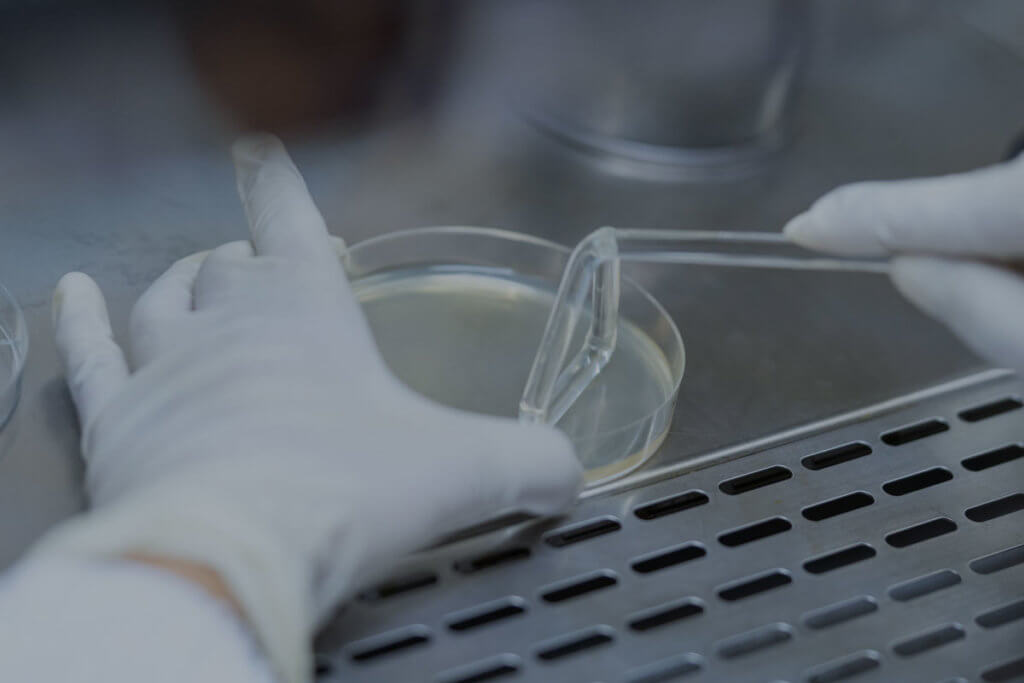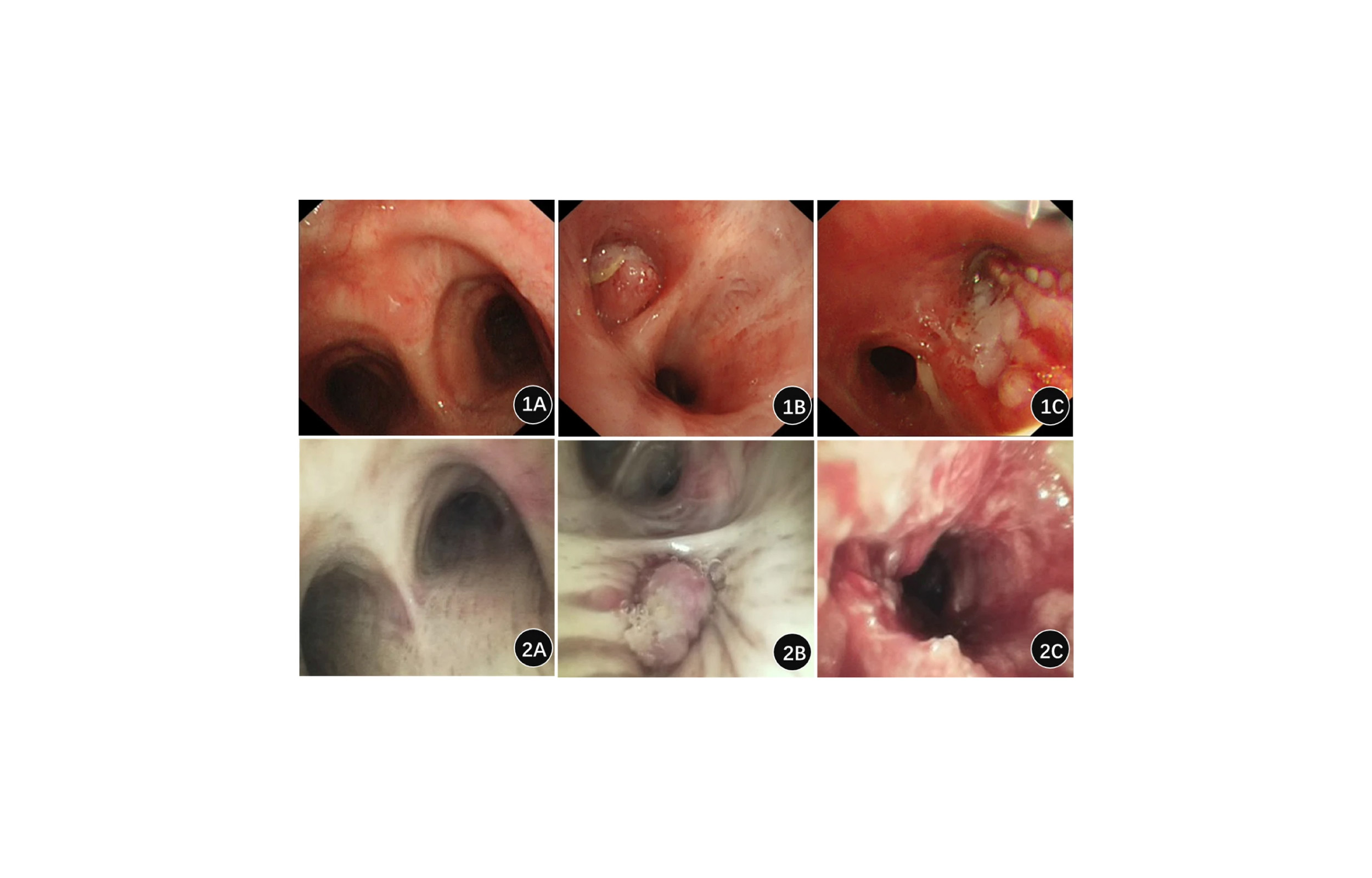
A recent study conducted at a hospital system in Australia found the microbial testing performed to ensure the adequate reprocessing of a flexible endoscope cost, on average, 22 minutes of nursing staff time.
More than 20 minutes of staff time to perform surveillance testing over an entire year ran a tab of more than $67,800. The costs of the tests themselves totaled an additional $13,500 annually, the study found.
Surveillance testing, like that conducted in this Australian study, is recommended by the Gastroenterological Society of Australia guideline and other international guidelines but is absent from U.S. recommendations. While cost analyses of these types of procedures are lacking in the U.S., some international studies have demonstrated that surveillance testing is costly and time consuming for hospital groups.
But, given the potential costs that stem from treating device-related infections caused by contaminated endoscopes—amounts that could reach up to $500,000—are these surveillance costs a worthy investment?
Though expensive and time-consuming, microbial testing can act as a type of infection-prevention insurance as the costs of treating device-related infection after an endoscopy can run much higher. Hospital-acquired tuberculosis, for example, can run a tab of $18,000 to $500,000, according to data from the Centers for Disease Control and Prevention, with costs reaching the upper end of the spectrum when treating the drug-resistant form of the disease. There were 9,000 reported cases of hospital-acquired tuberculosis from an endoscopy in 2017, the most recent year statistics were available.
Microbial testing assesses the total count of bacterial and fungal colony-forming units per sample, or what is known as the “bioburden” of an item. This type of culturing can help assess hospital-reprocessing procedures when performed after endoscope disinfection, sterilization, and drying.
Microbial testing of flexible endoscopes is not required by any U.S. guidelines for reprocessing, though many international organizations do advocate for it.
Complicated and extensive reprocessing procedures are in place for reusable flexible endoscopes, as the instruments themselves become more intricate and complex. Flexible endoscopes pose cross-contamination risks because their long, flexible channels are notoriously difficult to clean. In fact, more device-related infections are linked back to endoscopes than any other medical device.
What the U.S. guidelines lack is a protocol for testing whether those cleaning processes were successful.
According to the 2016 update of the Multisociety guideline on reprocessing flexible GI endoscopes, using routine environmental microbiologic testing of endoscopes for quality assurance “has not been established but warrants further study.”
Patient safety can be compromised by a number of factors when using reusable endoscopes. For one, the reprocessing guidelines are not always followed. In addition, damaged endoscopes, contaminated automated endoscope reprocessors (AERs) and the thin, flexible structure of the scopes themselves can lead to cross-contamination.
Despite strict industry and manufacturer guidelines for endoscope reprocessing, errors still occur. And research has shown that even strict adherence to reprocessing guidelines is not enough to ensure that reusable endoscopes end up completely sterile. According to the study, “Recent Update on Microbiological Monitoring of Gastrointestinal Endoscopes after High-Level Disinfection,” by Suk Pyo Shin and Won Hee Kim, “Improved quality control systems would reduce patient safety concerns and substantially prevent infections from endoscopy.”
“Unfortunately, all guidelines are inconsistent concerning the frequency and method of the microbiological monitoring,” concluded Shin and Kim, both of the Digestive Disease Center, CHA Bundang Medical Center, CHA University. “Although daily or per procedure real-time monitoring is ideal, this is currently not possible.”
As demonstrated by the Australian study, routine microbiological testing comes with a price tag.
According to a 2015 study, additional flushing of flexible endoscope channels with 70 percent ethyl alcohol after disinfection could be one cost-saving alternative to regular microbiological testing. The study’s authors collected monthly samples from 18 bronchoscopes over a four-year period. Half of the scopes were flushed with 70 percent ethyl alcohol after being disinfected using an automatic reprocessor.
After the four-year period, the percentage of contamination with risk pathogens fell from 4.1 percent to 0.6 percent for the alcohol-treated scopes. The cost of the program was 23,035 euros, or more than $25,200 based on 2019 exchange rates.
While the risk of infection transmission from a contaminated bronchoscope is relatively low—given that a half million procedures are performed annually in the U.S.—the financial consequences of cross-contamination are severe.
In a 2013 review of infection transmission by gastrointestinal scopes and bronchoscopes published in the American Society of Microbiology, the annual cost of endoscope reprocessing surveillance is quoted at $33,959. However, that same study reviewed in the article found that the cost of treating six patients that had contracted P. aeruginosa sepsis due to contaminated scopes was approximately $206,273.
Another limiting factor in using surveillance options like microbiological testing is whether the scope is needed again prior to culture results being available. In that case it’s possible a scope could be used on another patient before anyone is aware it’s contaminated.
One way to reduce the costs of both reprocessing and surveillance—and dramatically reduce the risk of infection transmission—is by using single-use devices. Single-use bronchoscopes are sterile and always available, which can help improve hospital workflow as well as patient care.
In the study, “Managing Bronchoscope Quality and Cost: Results of a real-world study,” conducted by Cori L. Ofstead, MSPH; Krystina M. Hopkins, MPH; John E. Eiland, RN, MS; Harry P. Wetzler, MD, MSPH, the authors found that even without surveillance procedures, the cost of a reusable bronchoscope is anywhere from 21 to 155 percent more, per use of the device, compared with a single-use scope.
Single-use endoscopes provide the security of sterile packaging to help eliminate the risk of cross-contamination from patient to patient. And, as noted in Ofstead’s research, when it comes to flexible bronchoscopes, single-use flexible bronchoscopes are cheaper per use than reusable scopes. Single-use devices mitigate cross-contamination risk and remove reprocessing and surveillance costs for a hospital.
To reiterate, with roughly 500,000 bronchoscopies performed in the U.S. annually, the risk of infection is relatively low. However, the costs of treating a device-related infection caused by a contaminated endoscope far exceed surveillance testing costs. While a year’s worth of testing may cost $67,000 in nursing time, as noted by the Australian review, using a contaminated endoscope could ultimately cost a hospital hundreds of thousands of dollars in treatment related to an infection.


